Hanging a very heavy shelf and nervous
girlndocs
14 years ago
Featured Answer
Comments (14)
girlndocs
14 years agoJon1270
14 years agoRelated Professionals
Reading Cabinets & Cabinetry · Spring Valley Cabinets & Cabinetry · Fruit Cove Carpenters · Campbell Flooring Contractors · Elmhurst Flooring Contractors · Fort Walton Beach Flooring Contractors · Gretna Flooring Contractors · Long Beach Flooring Contractors · Owings Mills Flooring Contractors · Petaluma Flooring Contractors · San Ramon Flooring Contractors · Dumont Furniture & Accessories · Fort Carson Furniture & Accessories · Golden Glades Furniture & Accessories · Miami Beach Furniture & Accessoriesgirlndocs
14 years agogirlndocs
14 years agokarinl
14 years agogirlndocs
14 years agokarinl
14 years agogirlndocs
14 years agobrickeyee
14 years agogirlndocs
14 years agoJon1270
14 years agogirlndocs
14 years agosomeone2010
14 years ago
Related Stories
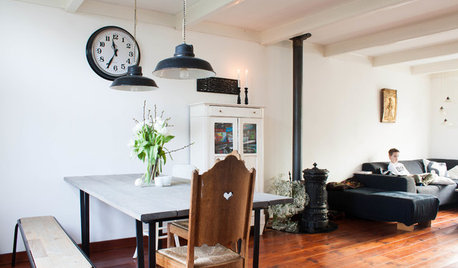
HOUZZ TOURSMy Houzz: Going Heavy on the Metal for Industrial-Style Beauty
Steel and iron pieces mix with antiques and heirlooms in an eclectic Netherlands home
Full Story
FEEL-GOOD HOME12 Very Useful Things I've Learned From Designers
These simple ideas can make life at home more efficient and enjoyable
Full Story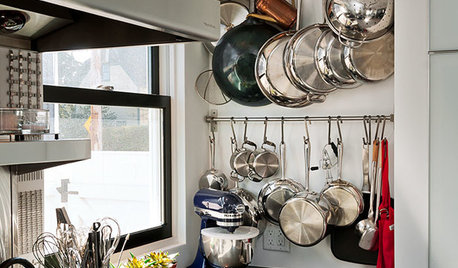
KITCHEN DESIGNHang 'Em or Hide 'Em: 10 Stylish Ways to Store Pots and Pans
Keep cookware neat and at the ready with racks, drawers and creative storage solutions
Full Story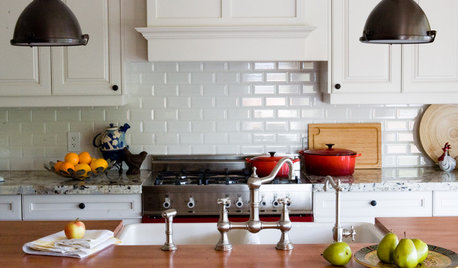
ENTERTAINING10 Ways to Get Your Kitchen Ready for the Holidays
No need to get nervous about your big holiday party — with a little prep, the get-together will be a breeze
Full Story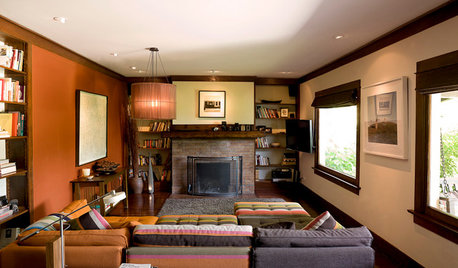
HOUZZ TOURSHouzz Tour: A California Craftsman Bungalow Lightens Up
Japanese and '60s-mod touches give heavy-looking interiors a new outlook in this Pasadena home
Full Story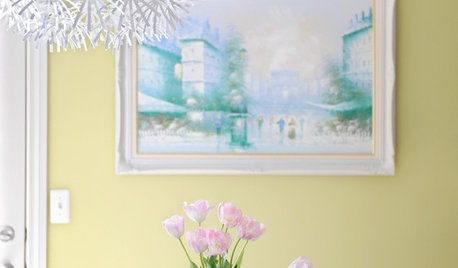
HOUSEKEEPINGTo-Dos: Your March Home Checklist
It’s time to rid yourself of winter’s heaviness and set up for spring
Full Story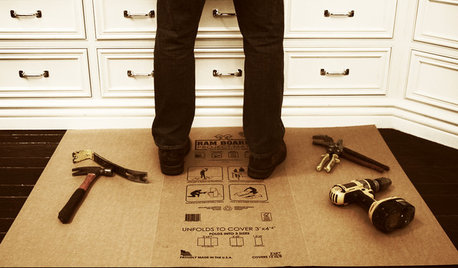
BATHROOM DESIGNOut With the Old Tile: 8 Steps to Prep for Demolition
This isn't a light DIY project: You'll need heavy-duty tools and plenty of protection for your home and yourself
Full Story
MOST POPULARHow to Add a Backyard Shed for Storage or Living
Need a home office, a playspace or extra room for your stuff? Learn about off-the-shelf, prefab and custom sheds
Full Story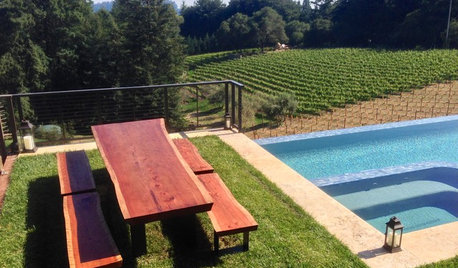
WORKING WITH PROSHow to Commission Custom Wood Furnishings
Can't find just the right table, shelf, desk or what have you? It's woodworkers to the rescue
Full Story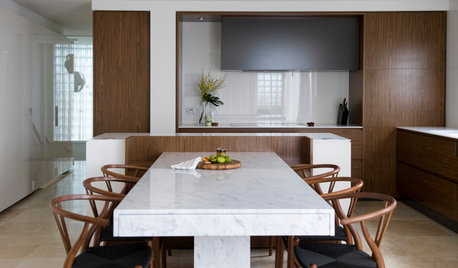
KITCHEN DESIGN6 Ways to Rethink the Kitchen Island
When an island would be more hindrance than help, look to these alternative and very stylish kitchen setups
Full StoryMore Discussions










rredogg